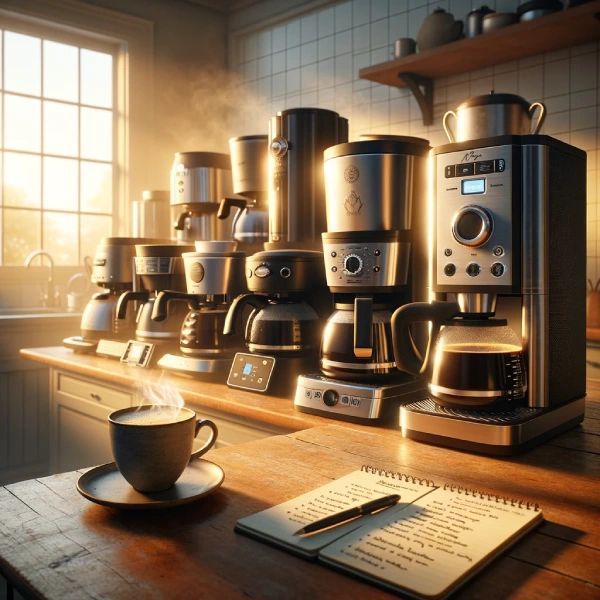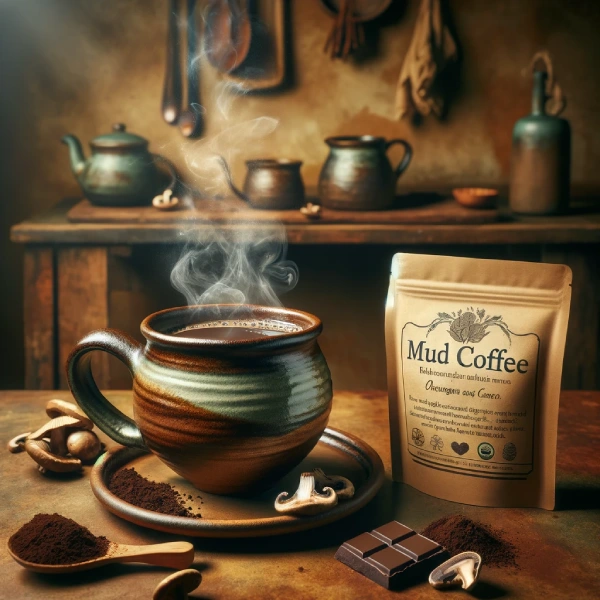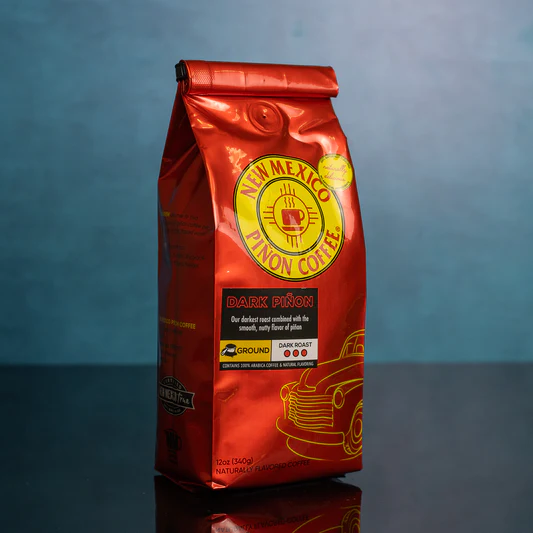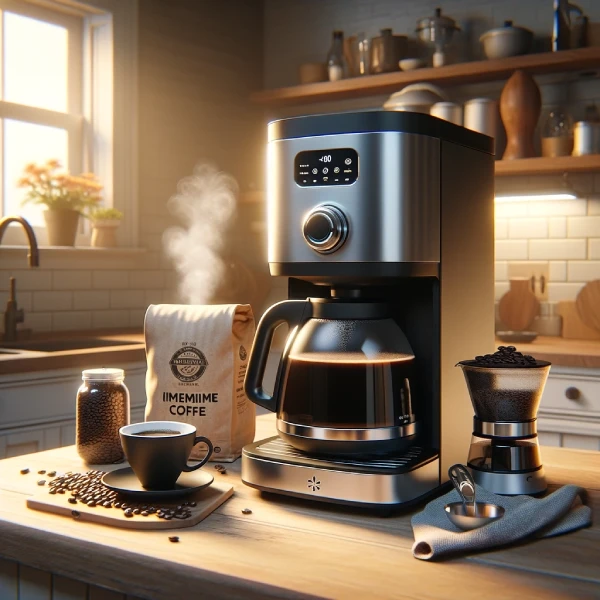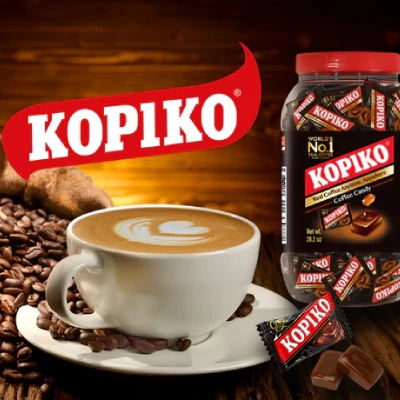The moment you realize you've run out of coffee filters can be quite a predicament, especially for the coffee enthusiasts among us. Seeking a coffee filter substitute isn't just about finding an alternative; it's an endeavor to preserve the sacred morning ritual of brewing a perfect cup. The internet is a trove of information, and for further insights, reputable sources like Coffee Brewing Institute provide a wealth of knowledge on the subject. This article explores the myriad of substitutes available, ensuring your coffee experience remains rich and uninterrupted.
Key Takeaways
- Kitchen Paper Towels: A readily available and quick substitute for coffee filters.
- Cloth-Based Alternatives: Eco-friendly, reusable options like cloth napkins or cotton socks.
- Rolling Paper: An unconventional emergency filter for coffee brewing.
- Fine Mesh Sieves: A choice for those who prefer a bolder coffee flavor.
- DIY Coffee Filters: Creative ways to make your own filters using household materials.
The Essentials of Coffee Filters
Understanding the Role of Coffee Filters
The journey of a coffee aficionado is incomplete without understanding the significance of coffee filters. These seemingly simple tools play a pivotal role in dictating the flavor, aroma, and texture of your brew. From the classic paper filter to more avant-garde metal and cloth varieties, each type brings a unique aspect to your cup of joe. The search for a substitute, therefore, is not merely about replication; it's about capturing the essence of what makes your coffee special.
The Search for a Coffee Filter Substitute
Embarking on the quest for a substitute for coffee filter requires understanding what makes a good alternative. It's not just about filtering out the grounds; it's about maintaining the integrity of the coffee's flavor and ensuring the process aligns with your lifestyle, whether it's for a quick fix or a sustainable choice.
Photo by Di Bella Coffee on Unsplash
Kitchen Paper Towels as a Quick Fix
Using Paper Towels as a Coffee Filter
When you're in a bind, kitchen paper towels can be a lifesaver. As a quick substitute for coffee filter, they are often at hand and easy to mold into your coffee maker. The trick lies in choosing the right type – ideally unbleached and free of designs or fragrances – and folding them to fit the coffee maker's compartment. This method is a straightforward fix that doesn't compromise the coffee's taste for those urgent moments.
Pros and Cons
The convenience of paper towels comes with its pros and cons. On the upside, they are a quick and easy solution that doesn't require a trip to the store. However, they may not be as efficient in filtering fine coffee grounds and could potentially alter the taste if not chosen carefully. It's a balance of convenience and quality.
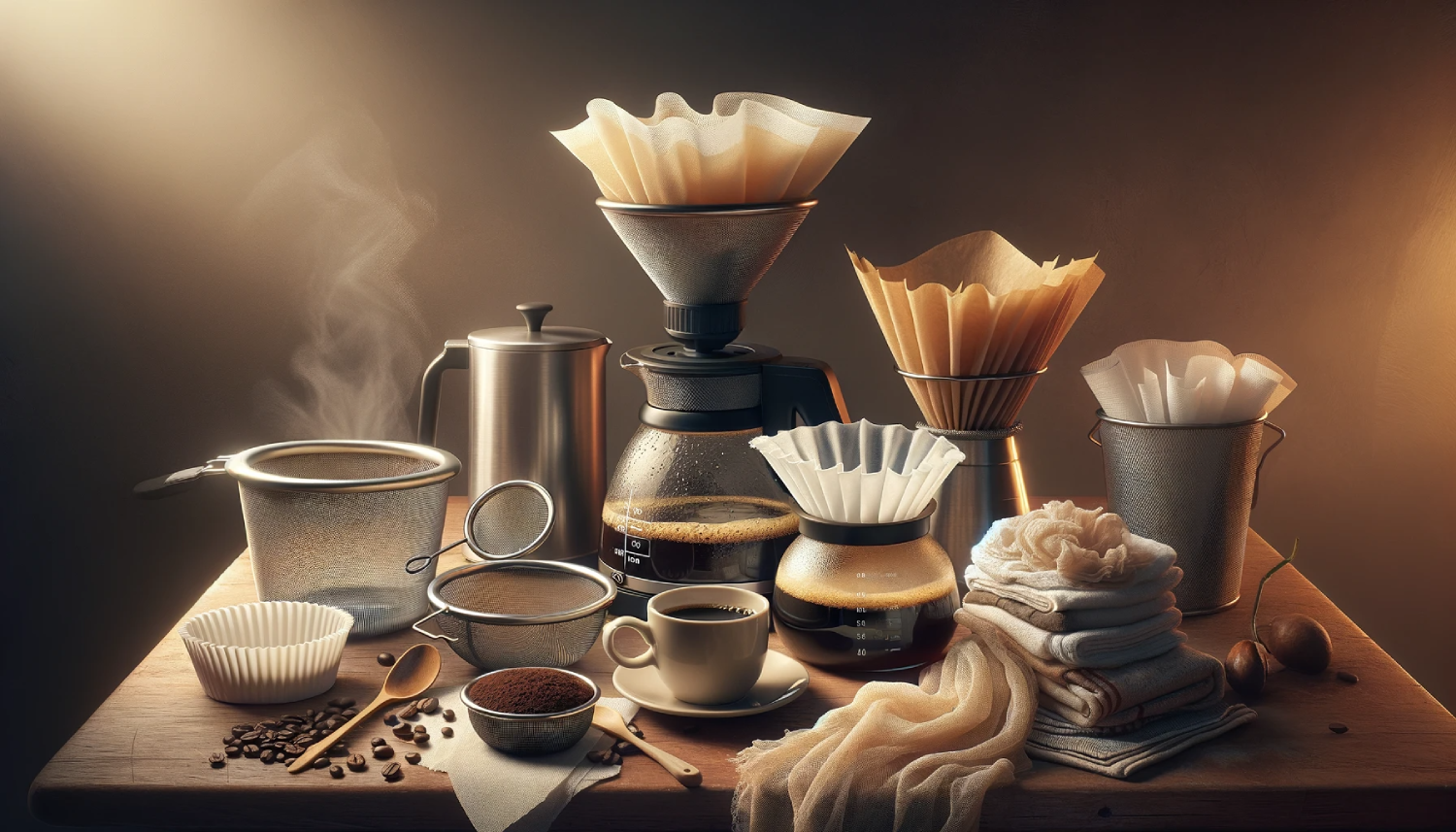
Photo Credit
Eco-Friendly Alternatives
Using Cloth Napkins
Cloth napkins or any fine cotton fabric emerge as a champion in eco-friendly coffee brewing practices. They're not just a makeshift substitute for coffee filter; they're a statement of sustainability. With the right texture and weave, cloth filters can provide a clean, rich cup of coffee while reducing waste.
Reusing Old Cotton Socks
Yes, even a cotton sock can double as a coffee filter! This method is as old-school as it gets, reflecting a time when resourcefulness was key. Ensure the sock is clean and free of any detergents or chemicals before brewing. It's a quirky, yet effective, method that nods to traditional brewing methods.
Unconventional but Effective Methods
Rolling Paper as an Emergency Filter
In the realm of coffee brewing, necessity often breeds invention. Enter rolling papers – thin, permeable, and an unexpectedly suitable rolling paper substitute coffee filter. It's crucial, however, to select natural, unbleached papers to avoid any unwanted chemicals or flavors seeping into your coffee.
How to Properly Use Rolling Papers for Coffee
The process is simple: fold the rolling paper into a cone shape and place it in your coffee maker. It's a delicate process and might require a bit of trial and error. The key is to pour the water slowly to prevent tearing, ensuring a clean, albeit unconventional, cup of coffee.
Fine Mesh Sieves for a Bold Taste
Using Sieves in Coffee Brewing
For those who relish a robust, full-bodied cup of coffee, a fine mesh sieve can be a game-changer. Unlike traditional filters that trap most coffee oils and finer grounds, a sieve allows more of these elements through, akin to a French press. The result? A richer, more flavorful brew.
Technique and Tips
Using a sieve requires a careful balancing act. The grind of your coffee should be slightly coarser to prevent grounds from passing through. It’s a method that rewards patience and precision, ideal for those leisurely mornings when you have time to indulge in the art of brewing.
DIY Coffee Filters
Crafting Your Own Coffee Filters
Sometimes, the best solution is a homemade one. Creating DIY coffee filters is not only a test of creativity but also a step towards sustainable living. Materials like muslin cloth, cotton, or even a handkerchief can be transformed into custom filters. The key is to use natural, unbleached fabrics to avoid any contamination of flavors.
Effectiveness and Sustainability
These homemade filters are not just a makeshift alternative; they're a statement of personalization and eco-friendliness. They are washable, reusable, and reduce the waste associated with traditional coffee filters. Their effectiveness lies in their ability to balance filtration with flavor preservation.
The Impact on Coffee Flavor
How Different Filters Affect Taste
The choice of filter significantly influences the taste of your coffee. Paper filters, for instance, tend to absorb oils and offer a cleaner cup, while cloth and sieve methods allow more oils to pass through, resulting in a richer flavor. This section delves into the nuances of how different substitutes for coffee filters impact your coffee's profile.
Mesh Sieves and Flavor Profiles
Mesh sieves, specifically, offer a unique brewing experience. The larger pores allow more sediment and oils to pass through, contributing to a fuller-bodied coffee. This method is particularly appealing to those who enjoy the bold flavors reminiscent of a French press or espresso.
Health and Safety Considerations
Ensuring Safe Coffee Brewing
While experimenting with various coffee filter substitutes, it's crucial to prioritize health and safety. This means avoiding materials that might leach harmful chemicals or contaminants into your coffee. The focus here is on understanding which materials are safe to use and which ones to avoid.
Materials to Avoid
Certain materials, though seemingly convenient, may pose health risks when used as coffee filters. For example, some papers may release dyes or chemicals when exposed to hot water. This section provides guidance on what materials to steer clear of when looking for a coffee filter substitute.
The Cost-Effectiveness of Alternatives
Analyzing the Economics of Substitutes
Switching to alternative coffee filters can also have financial implications. This section compares the cost-effectiveness of different substitutes, considering factors like reusability, initial investment, and long-term savings.
Comparing Costs with Traditional Filters
By contrasting the costs associated with traditional disposable filters and various substitutes, readers can make informed decisions about which alternative best suits their budget and coffee preferences.
Environmental Impact and Sustainability
Eco-Friendly Coffee Brewing
The environmental footprint of our daily coffee ritual is an important consideration. This section explores how different coffee filter substitutes can reduce waste and contribute to more sustainable coffee brewing practices.
Sustainable Practices in Coffee Filtering
From cloth filters to biodegradable options, the focus here is on how each alternative impacts the environment. This includes discussions on the lifecycle of various substitutes and tips for eco-conscious coffee brewing.
Conclusion
In the world of coffee brewing, the absence of a traditional filter doesn't have to be a setback. This article has explored a range of substitutes that not only ensure you get your daily caffeine fix but also open the door to new brewing experiences. From the quick fix of paper towels to the eco-friendly cloth options, each substitute offers a unique blend of flavor, cost-effectiveness, and environmental impact.
Ultimately, the choice of a coffee filter substitute is a personal journey, one that reflects individual preferences and values in the art of brewing the perfect cup.
FAQs
1. Can any type of cloth be used as a coffee filter?
Not all cloth types are suitable for coffee filtering. Ideally, use natural fabrics like cotton or muslin, which are thin, tightly woven, and unbleached. These materials won’t impart unwanted flavors into your coffee and are durable enough for repeated use.
2. How do homemade coffee filters compare to store-bought in terms of filtering efficiency?
Homemade coffee filters, particularly those made from cloth, are quite efficient. They tend to allow more oils and finer coffee particles to pass through compared to paper filters, resulting in a richer brew. However, they may not be as effective at filtering out very fine sediment.
3. Is there a difference in caffeine content when using different coffee filter substitutes?
The caffeine content in your coffee is more influenced by the type of coffee bean, grind size, and brewing time than by the filter type. However, filters that allow more oils and fine grounds through, like cloth or mesh sieves, can produce a slightly stronger cup.
4. Can using a mesh sieve as a coffee filter leave grounds in the cup?
Yes, using a mesh sieve can sometimes result in a small amount of grounds in your cup, especially if the coffee is ground too finely. It's best to use a coarser grind to minimize this.
5. How often should cloth coffee filters be replaced?
With proper care and regular cleaning, a cloth coffee filter can last for several months. Replace it when you notice significant staining, an off-taste, or deterioration in the fabric.
6. Are there any health risks associated with using certain types of paper as coffee filter substitutes?
Yes, some papers, especially those that are dyed, bleached, or printed, may release chemicals when in contact with hot water. It's best to use natural, unbleached, dye-free paper products to avoid these risks.
7. How can I ensure my coffee doesn't taste like paper when using paper towels as a filter?
To avoid a papery taste, rinse the paper towel with hot water before using it as a filter. This helps to remove any loose fibers and minimizes any potential paper flavor.
8. What are the best materials for DIY coffee filters in terms of flavor preservation?
Natural fabrics like cotton, linen, or muslin are excellent for DIY coffee filters. They preserve the coffee’s flavor well by allowing essential oils and finer grounds to pass through, enhancing the coffee's body and aroma.
9. Is it more environmentally friendly to use a cloth filter than a paper one?
Yes, using a cloth filter is more environmentally friendly compared to disposable paper filters. Cloth filters can be washed and reused many times, reducing waste and the need for frequent replacements.
10. Can the type of coffee filter substitute affect the brewing time?
The type of filter can slightly affect brewing time. For instance, cloth and mesh filters often require a slower pour to prevent overflow and ensure proper extraction, which can extend the brewing process. Conversely, paper filters, due to their fine pores, might speed up the process slightly.




